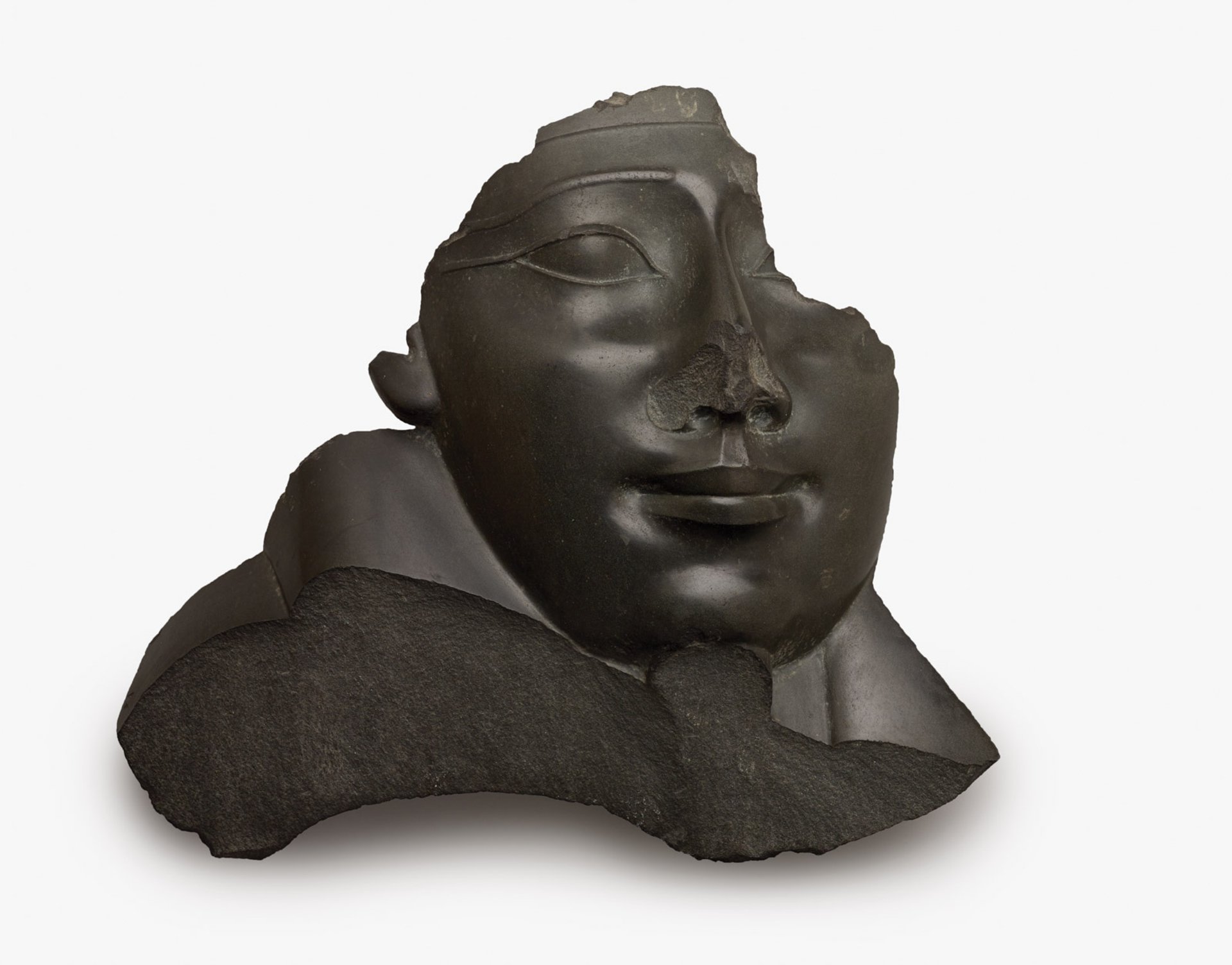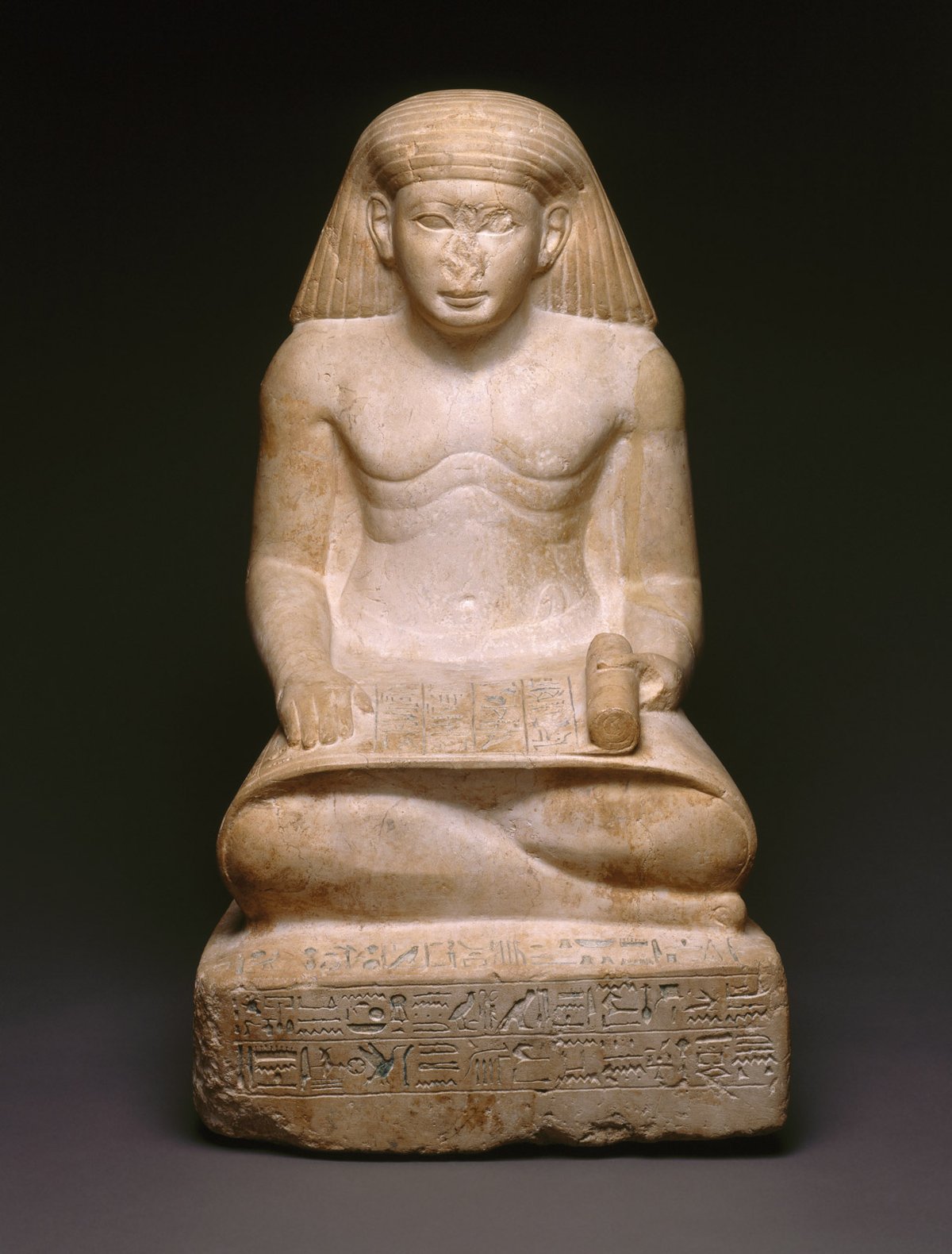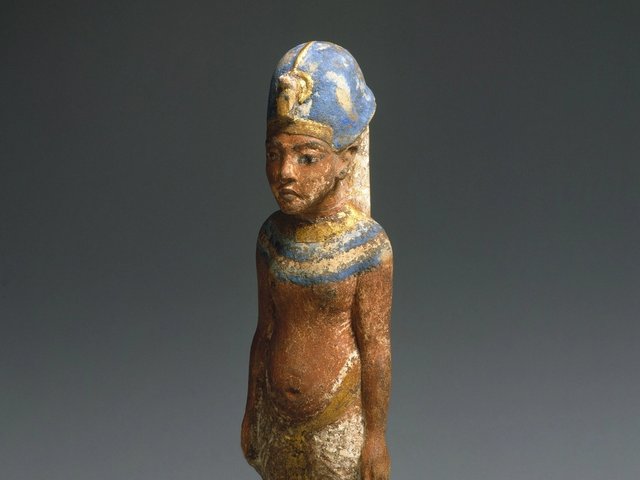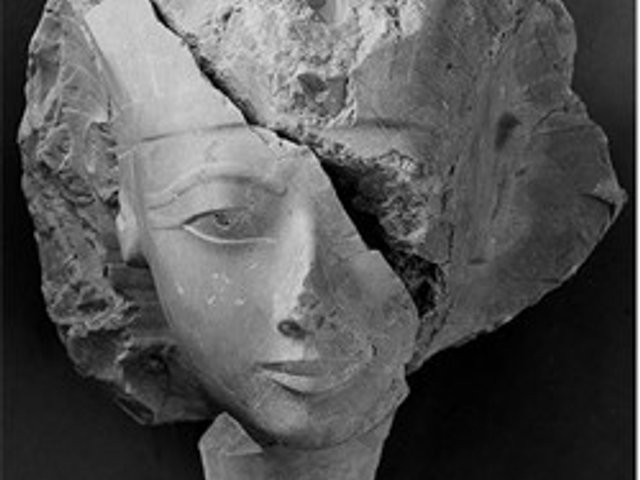Museum-goers frequently ask Edward Bleiberg, the Brooklyn Museum’s senior curator of Egyptian, classical and ancient Near Eastern art, why the noses of ancient Egyptian statues are so often damaged. An exhibition opening this month at the Pulitzer Arts Foundation in St Louis, provides the answer. The show, co-organised by Bleiberg and Stephanie Weissberg, an associate curator at the Pulitzer, includes 40 ancient Egyptian objects from the collection of the Brooklyn Museum, which plans to present the exhibition. The survey is the first to focus on why Egyptian objects were destroyed in the Pharaonic and Late Antique periods.
Damaging an effigy could destroy its power, or prevent communication with a god, since the images were “brought to life through ritual [so that] an exchange could be made between people in this world and supernatural powers”, Bleiberg explains. Lighting incense under a statue’s nose was one way to “prevent the object or the spirit within from breathing and thereby living”, Weissberg says.
These objects would have been extremely difficult to break, as they were typically made of basalt and granite, which “indicates a level of intention that’s important to consider”, Weissberg points out. “My question is always: who would benefit from breaking this?” Bleiberg says.

Face and Shoulder from an Anthropoid Sarcophagus (around 332–30 B.C.E.) © Brooklyn Museum
Two notable examples of iconoclasm in the Pharaonic period are explored in the show. Thutmos III (around 1479-1425BC), who ruled as co-pharaoh with his stepmother, Hatshepsut, for the first 22 years of his reign, tried to wipe out her legacy by damaging representations of her when he was considering his successors late in his reign.
In a twist of iconoclast-turned-iconoclasm victim, Tutankhamun’s father, Akhenaten, declared Aten the only god, removing the name of the chief god of the Egyptian pantheon, Amun, from many monuments during his reign (around 1353-1336BC). After his death, Amun was restored, and monuments to Akhenaten and temples to Aten were sacked and destroyed.
“When the inscription is damaged in particular places, such as targeting the name of the individual, this proves the damage is from the Pharaonic period,” Bleiberg says. “While the concentration on removing a body part but not damaging the inscription was Late Antique, because they could not read hieroglyphs any longer.”
Although people in late antiquity were “increasingly converting to Christianity [the previous gods were] still powerful”. But their power was now “understood to be evil, and so the best way to eliminate those evil spirits [was] to make sure that nobody [could] worship them”, Bleiberg says. For instance, the left arm, which received offerings, might be damaged. Some statues were even drowned. “Just as they can be brought to life,” Bleiberg says, “they can also be killed.”
• Striking Power: Iconoclasm in Ancient Egypt, Pulitzer Arts Foundation, St. Louis, 22 March-11 August





